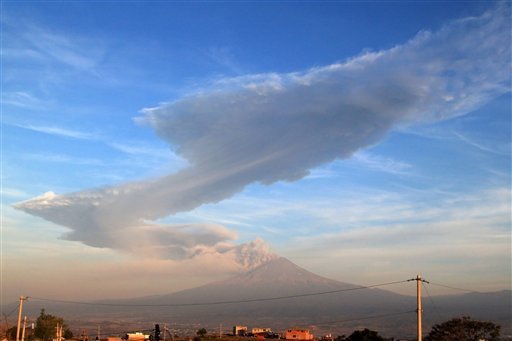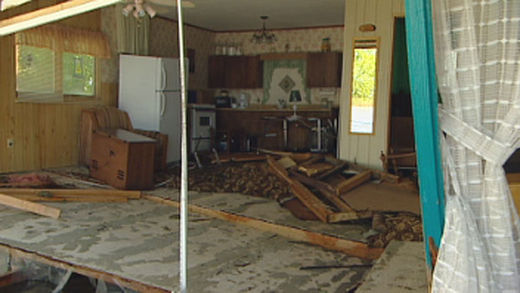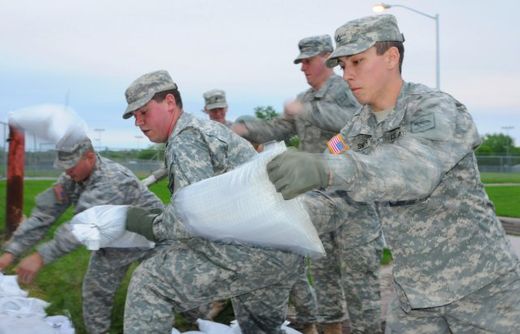
© STR / AP PhotoA large plume of ash rises from the Popocatepetl volcano as seen from the highway to Atlixco, Mexico early Friday June 3, 2011. The 17,886-foot (5,450-meter) mountain shot a blast of ash about 2 miles (3 kilometers) above its crater but there is no report of threat to populated areas.
Mexico City -- The Popocatepetl volcano that towers over Mexico City began rumbling again Friday, shooting a blast of ash about 2 miles (3 kilometers) above its crater at dawn.
The ash cloud drifted first to the west and then turned back east toward the city of Puebla, Mexico's national disaster prevention agency said.
The 17,886-foot (5,450-meter) mountain shook for several minutes before the ash burst out.
The agency urged people to stay at least 7 miles (12 kilometers) from the crater, which is about 40 miles (65 kilometers) southeast of Mexico's capital.
Puebla state civil defense Director Jesus Morales told a local television station that the cloud "has a high ash content, but it doesn't represent a risk."
"A little ash could fall in Puebla city," he said.
Both Morales and federal civil defense coordinator Laura Gurza warned residents in the region that they shouldn't wet down any ash that falls before sweeping it away.


